This week we continue our travelogue series covering my 2018 Complete Namibia Tour & Workshop, as we spend a morning in Kolmanskop and an afternoon at Elizabeth Bay, another deserted diamond mine town, before driving on to Sossusvlei.
Kolmanskop Day #2
With this year’s tour being so productive, it’s been difficult to whittle down my images past a certain point, and even today, although I try to limit each episode to 10 photographs, I ended up with 12 to talk about this week, so that we can move on to Sossusvlei and Deadvlei next week. Because I haven’t been to the big houses on the hill at Kolmanskop for a few years, I decided to walk up there early on the morning following our first visit for this year.
As you can see, there was plenty of light flooding into this space from the missing roof, and because the light wasn’t really high contrast, I was able to easily balance the inside and outside of this space with the Levels, Highlight and Shadow sliders, and a slight Luma Tonecurve in Capture One Pro.
I also positioned my camera at a height that allowed me to get the vertical beams in the space vertical, which I like to do when possible, and when it makes sense to do so. I shot this with my Canon 11-24mm f/4 lens wide open at 11mm. My aperture was f/14 at ISO 100 for a 1/10 of a second shutter speed.
Door on the Floor
This is one of the few buildings that for some reason is being cleaned, and is in pretty good condition, as far as derelict houses in the desert go. I find it interesting though that things like the back door that has come away from its hinges are just left flat on the floor, as you can see in this next image (right). There is sand around, and you may be able to make out a mound of sand two rooms deep in this photograph, but the door is just off.
Due to the low angle, and the fact that I wanted to get just the door without the door frame, I do have a little bit of outwards lean in the verticals in this shot, but this is one of those times where I just choose to roll with it. I can correct this in Capture One, but I lose too much of the image, and it really doesn’t bother me.
My main composition consideration here was getting the door straight and symmetrically aligned with the bottom corners of the frame. My settings for this shot were a shutter speed of 0.5 seconds at f/14, ISO 100 and a focal length of 18mm.
Accountant’s Bathroom
I think I have it correct in saying that the next house I visited was the accountant’s residence back in the day. It’s funny that the accountant seems to have a slightly better plot of land than the manager, with an unencumbered view across the dunes at sunset.
This next photo is the bathroom from this house, which as you can see, still has some beautifully well kept black and white checkered tiling on the floor (below). The walls are also still in very good condition, although the metal in the room has all rusted quite badly. It’s interesting to see how the various materials deteriorate at different rates. My settings for this image were a 1.6-second exposure at f/11, with ISO 100 and a focal length of 12 mm. If you are wondering why I didn’t use my usual f/14 for this shot, it was basically because people were walking around the house, and I could feel a slight vibration, but more just because I could.
With a lens at 12 mm and an aperture of f/11, if you focus at just over a meter or three feet in front of the camera, everything from 60 cm or 2 feet to infinity is in focus anyway, and that’s information from my Photographer’s Friend app in Pixel Peeper mode, so the reading is a little harsher than traditional calculations. So, although I like to shoot at f/14 for landscapes, there really isn’t much reason to do so in a situation like this, as I was standing up and nothing in the scene was so close that it would not have been in focus.
Note that here too, I am not at all concerned that the window is completely overexposed. I was asked by email last week if ever do HDR to reduce this contrast, and my answer is no. I know that some people like to do that, or sometimes just merge two exposures, one for the inside and one for the outside exposure, but I really just don’t think that’s necessary for my own photography. Not only are most of these windows quite dirty, preventing us from seeing much outside anyway, I actually quite like using these windows simply as a light source. They glow, and in my opinion help to keep the image somewhat minimalist just as they are.
School Corridor
I guess there are just many things about photography that I just decide not to care about. I’m sure there are people out there that cringe when they see my overexposed windows, but I really just simply do not care. It’s not that I haven’t thought about it, I’ve made a conscious decision to leave them as they are. In this next photo of the school corridor, which is actually at the other end of Kolmanskop from the accountant’s house, you can see a little bit of detail outside, and if I wanted to, I could bring that under control a little more in Capture One Pro, but I really just don’t like the look of the photo when I do that. I prefer the glow that these windows bring to the photograph (below).
In this image, I’ve positioned my camera at such as height that I could get the vertical frames of the windows straight. I’ve also used my favorite one-point perspective composition here, with the window at the end of the corridor positioned perfectly in the center of the frame, to add tension and drama. I moved that dark frame on the floor a little more into the scene as well. It was closer initially and would have been cut off by my framing had I left it where it was. As you can tell, I’m constantly giving attention to certain details when it makes sense to do so, and completely letting go when it doesn’t.
Slatted Room
This last photo from Kolmanskop is one of my favorite rooms, and most of the group had gathered here shortly before lunch, hoping for a chance to make this kind of photograph (right).
Before lunch, the sun wasn’t quite high enough in the sky to get light shining through the slats in the ceiling like this, so I was pretty pleased that I’d decided to start our Elizabeth Bay visit from 2 o’clock, as that gave us an hour after lunch to work this scene. Actually, it was probably a bit less, as it was a Namibian lunch, as in it took quite a long time for our food to arrive, so I think it was about ten past one when we got back there.
I love this look though. You have to really work to figure out what you are looking at, especially as you try to fathom what’s happening with the multiple doors in the bottom right corner. And of course, all of the highlights and shadows add additional directions that our eyes try to follow throwing off our perception of what we are seeing even more.
Compositionally I was conscious here that I wanted to be in a position where I had as much of the slat shadow covered walls in the frame as possible, as well as being able to see through the first do to the others in the rooms further back, and this was just about the best position to achieve that. My settings were a 1/50 of a second shutter speed at ISO 100, back to f/14, and a focal length of 22 mm.
Elizabeth Bay
After photographing the slatted room, we made our way down to our safari vehicles just outside the gates to Kolmanskop and waited for our guide to arrive and accompany us through the tight security on the entrance to Elizabeth Bay.
We were entering to visit a second deserted diamond mine there, but there is still an active diamond mine that we pass on the way, so the checks are quite serious. This year, for the first time, every member of our group was breathalyzed. This worried me at first, as a few people had drunk a beer with their lunch, but there were no problems. I guess they are checking for high levels of alcohol rather than traces.
The way that the houses in Elizabeth Bay are decaying is different from that of Kolmanskop. As Elizabeth Bay is right on the coast, sea air is literally dissolving the bricks, leaving the mortar in place, as you can see in this photograph (below). Note how the cement is left sticking out in the foreground building, but also if you look at the distant building in the center of the frame here, you’ll see how the roof is gone, and the walls are decaying almost looking like lace with some of the bricks completely gone now.
As is often the case, there was a good sea breeze blowing. I often make recordings of various sounds with a digital record that I carry around, and I tried to make a recording of my footsteps crunching in the sand as I walked between the buildings, but because I didn’t put my wind protector over the mics, the recording is mostly wind noise, although a nice audible reminder of the day. My settings for this shot were 1/100 of a second shutter speed at f/14, ISO 100 and a focal length of 35 mm. I was using my Canon 24-105 Mark II lens now.
This next photograph was from inside a room that has a painted wall that Freeman Patterson made famous by using his photograph of it on the cover of his book “Odysseys Mediations and Thoughts for a Life’s Journey“. That book was first published in 1998, so twenty years ago now, and although the wall looks a little bit worse for wear, the table is still in place, and that kind of shows us that things are changing slowly in some respects.
In the past, I’ve shot this building through the window which is just to my left as I made this photo, but this year, I actually entered the building from the front door, which we’ll look at in a moment, although I didn’t realize it was the house with this room until I walked through the door to the left. My settings for this image were a 0.4-second shutter speed at f/14, ISO 100 at 17 mm.
This next photo (below) is the same building from the outside, and you can see just how badly the building is actually decaying from the sea wind and elements. Compositionally I kept the top of the frame close to the top of the building, as I didn’t want to include too much of that clear cloudless sky, but I like the amount that I have, as it is a good indication of the dry conditions that we associate with the desert that surrounds this abandoned town.
I also, of course, wanted to include more of the bricks and sand in the foreground, as these add to the overall story of desolation and decay in Elizabeth Bay. My settings for this shot were 1/60 of a second at f/14, ISO 100 at 20 mm. I switched back to my 11-24mm lens after that first shot in the bay, and although I was carrying both lenses on the separate 5Ds R bodies, I seem to gravitate towards the wider lens for this location.
In this next photo we can see that the end of one of the laborer’s quarters buildings has now almost completely fallen away, leaving us with a clear view down to the beach (below). This is good to show how close the sea is, giving us a better idea of why these buildings are decaying so quickly. It does make me wonder though, as with Kolmanskop too, just how many more year’s these buildings will last. The room with the mural painted on the wall is almost unchanged in 20 years, but everything else makes me think that we’re probably only looking at another five to ten years for most of these buildings.
Another contradiction that this photo calls to the fore is whether or not the people that slept in these tiny compartments really were laborers or slaves. The people that run the tours tell us that they were laborers that were well paid, which they may have been, but our local guide tells us that the work was so hard that these so-called laborers were chained at night to stop them from escaping, and that sounds much more like a slave to me. My settings for this shot were a 1/60 of a second shutter speed at f/14, ISO 100 and a focal length of 18 mm.
Drive to Sossusvlei
I had a few more images to look at from Elizabeth Bay, but we’ll skip those as it’s going to take too many episodes to get through this trip if I don’t. Let’s quickly look at three more images, taking us to 12 for today, just to illustrate what happened the day after this, as we made our way north, to Sossusvlei. On our way out of Luderitz were we’d spent the previous two nights, we stopped briefly to photograph the old abandoned train station at Garub (below).
I like the desolation, almost desperation of this abandoned train station. Although the train line itself is still operational, trains just don’t stop here anymore. You may be able to tell too that I’ve cropped this down to a 16:9 aspect ratio. Again, I’m really just not a fan of blue skies, and as there wasn’t much in the foreground either, I just chose this more cinematic aspect ratio to reduce both of these elements, and I also think that this helps to add to the sideways motion of the train line. My settings were 1/125 of a second at f/14, ISO 100 and a focal length of 105 mm.
We drive through some beautiful countryside on this day, and it’s always nice to be able to capture a bit of wildlife in this kind of habitat, as I did with this pair of ostriches (below). As there were two birds, I actually should have kept my aperture a little bit smaller for this shot, but I had opened up to f/10, because the birds were moving around, and I wanted a faster shutter speed because I was hand-holding my 100-400mm Mark II lens for this, extended out to 400 mm.
The male ostrich is slightly soft because of this, but he has a nice catch-light in his eye which kind of makes up for that. My shutter speed was at 1/800 of a second at ISO 400, so I could have gone to ISO 800 at f/14 for greater depth of field, so I consider this to be a bit of a failure, although I quite like the shot.
Our last photo today is of a male Oryx with his harem, and all of them looking back at our vehicle, probably wondering why we’d just screeched to a halt in the middle of the desert (below).
We can identify the male as the second from the right in the group, because he’s thicker set, and has thicker horns for fighting, and also, our guide told us that the mail Oryx have a thinner dark stripe on their underbelly, compared to the thicker stripe that you see on the two female oryxes on both sides. I really just thought this was a fun shot with all of them grouped together like this, looking back at us in wonder. My settings for this were f/8 for a 1/1000 of a second at ISO 800, and a focal length of 400 mm. This aperture was fine in this instance because there’s no real distance between the four animals, so they are all in sharp focus.
OK, so we went two images over, but that takes us to the end of our fourth day on the road, as we arrived at Sossusvlei to make our way to our lodge for the next three nights. Next week we’ll take a look at some photos from Deadvlei, with the silhouetted camel thorn trees against the brightly lit sand dunes at dawn, and some of the other picturesque dunes in the area.
Complete Namibia Tour 2019
If you might like to join us on this tour from June 2 to 18, 2019, please check out the tour page at mbp.ac/namibia2019. It really has matured into an amazing tour, and I’d love to travel with you in this beautiful land.
[smartslider3 slider=30]
Show Notes
Visit the 2019 Complete Nambia Tour page here: https://mbp.ac/namibia2019
Subscribe in iTunes for Enhanced Podcasts delivered automatically to your computer.
Download this Podcast in MP3 format (Audio Only).
Download this Podcast in Enhanced Podcast M4A format. This requires Apple iTunes or Quicktime to view/listen.

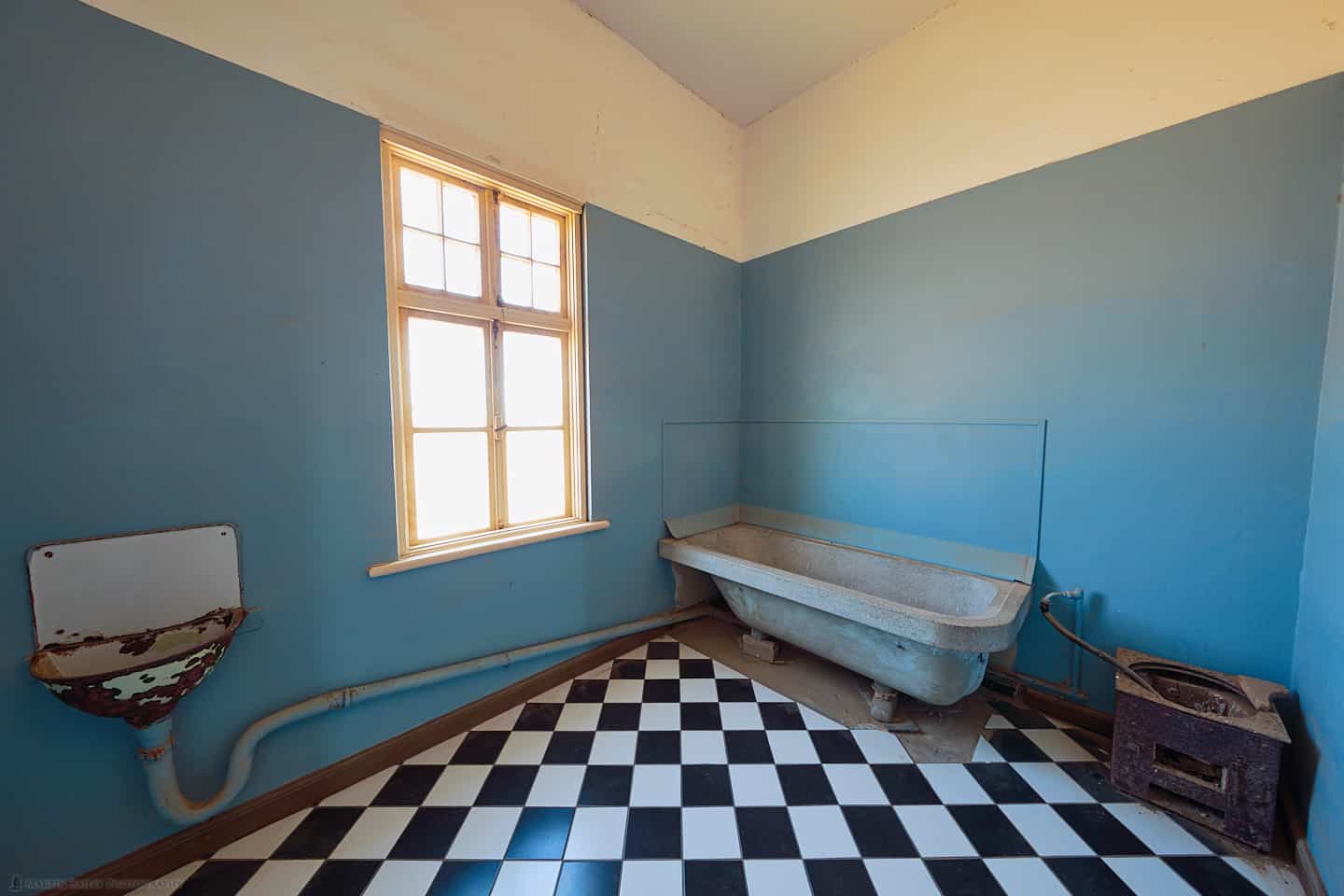
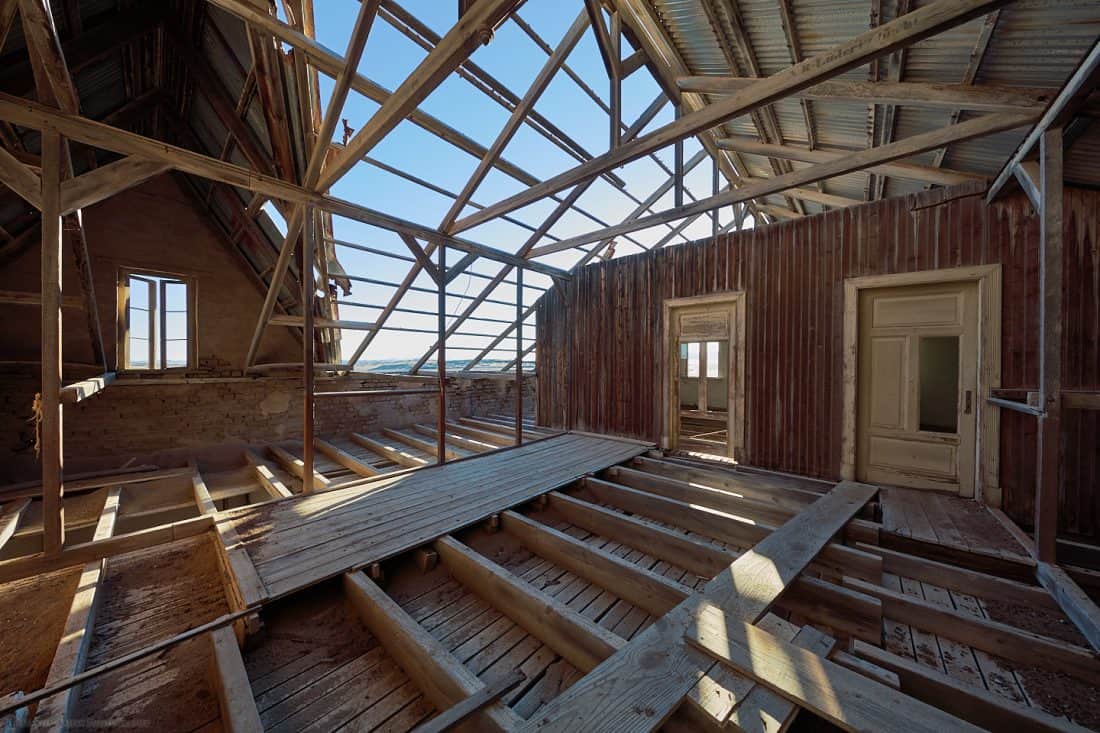
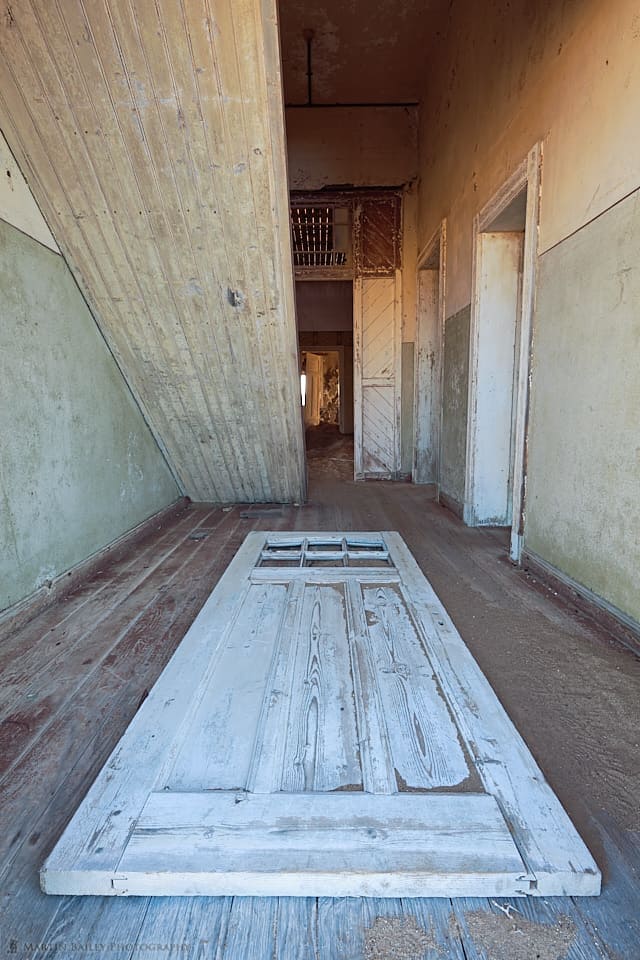
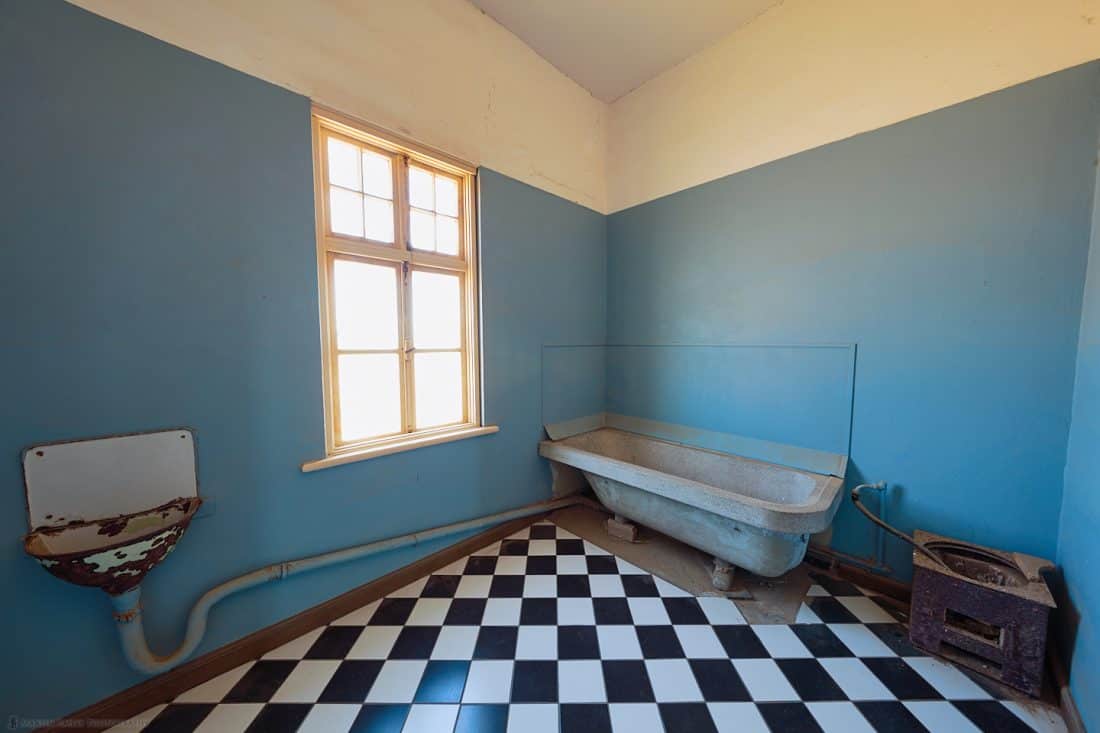
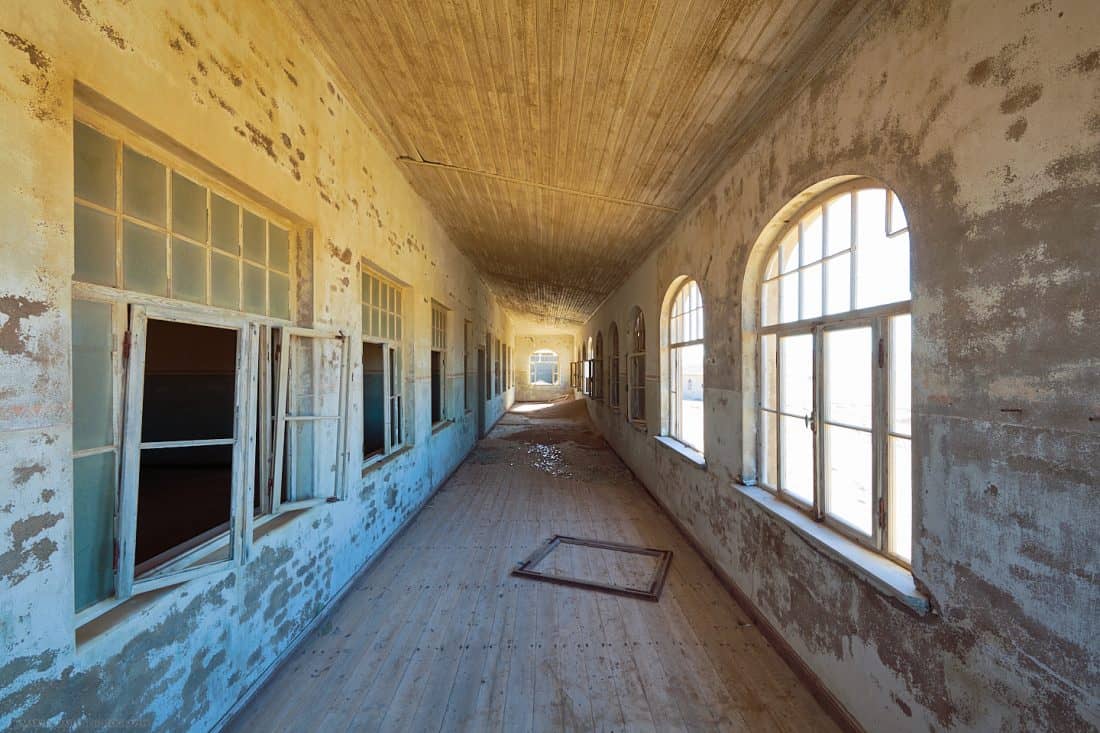
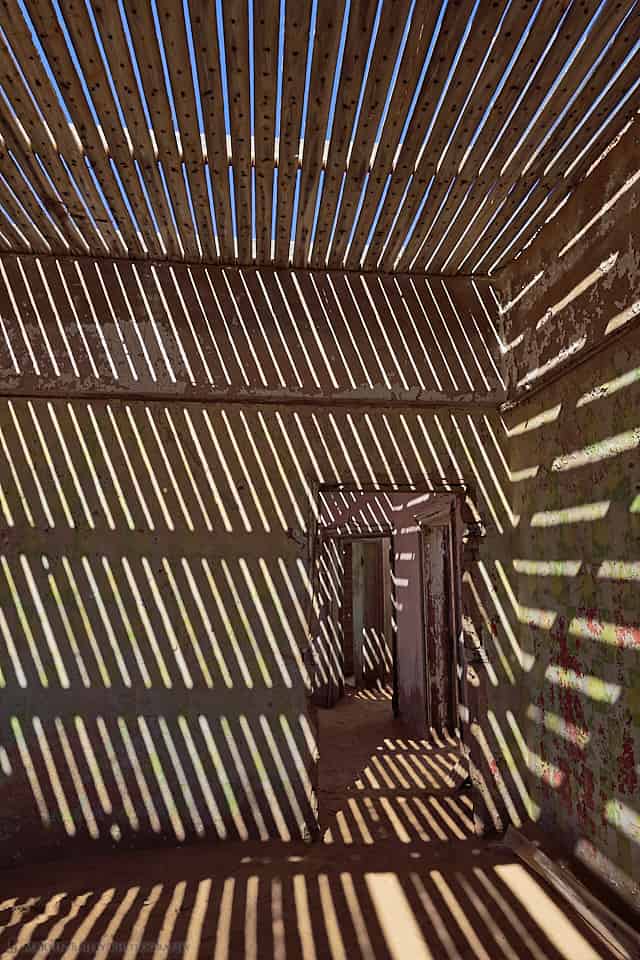
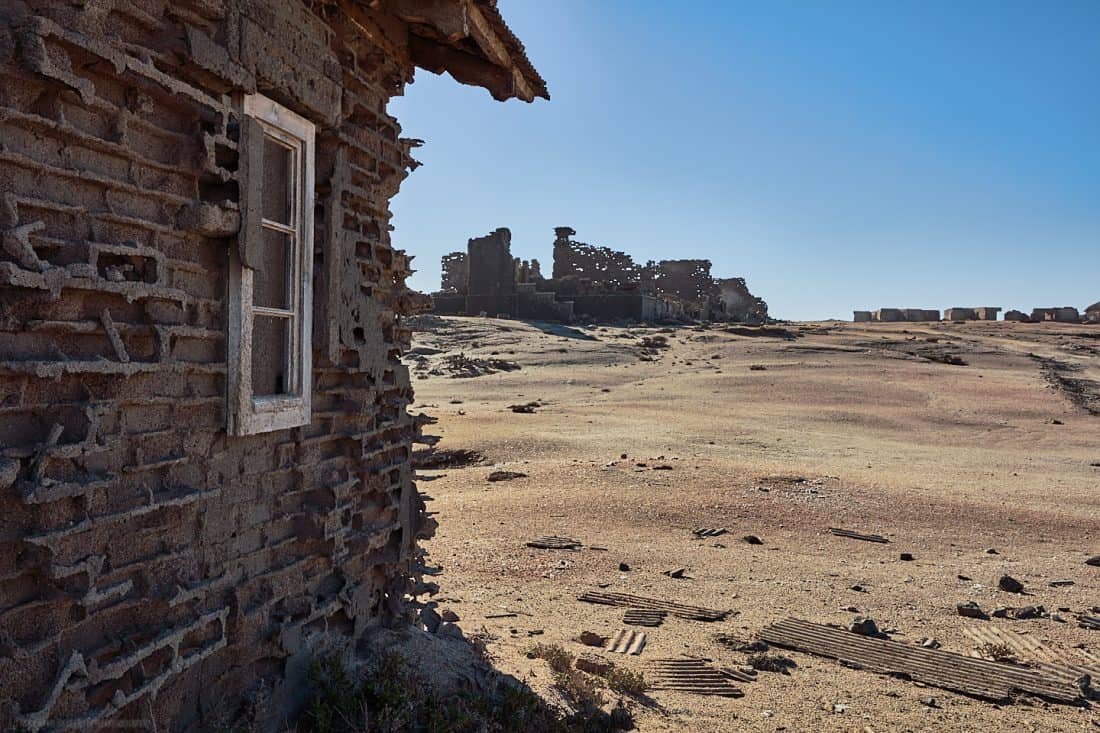


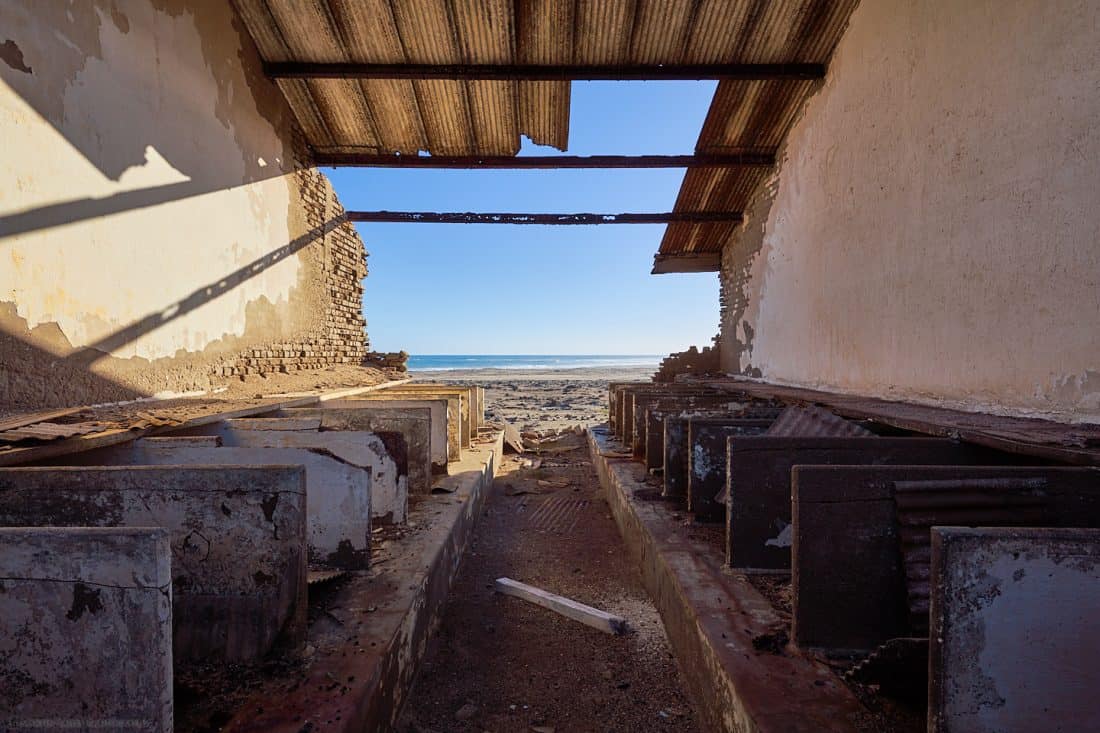
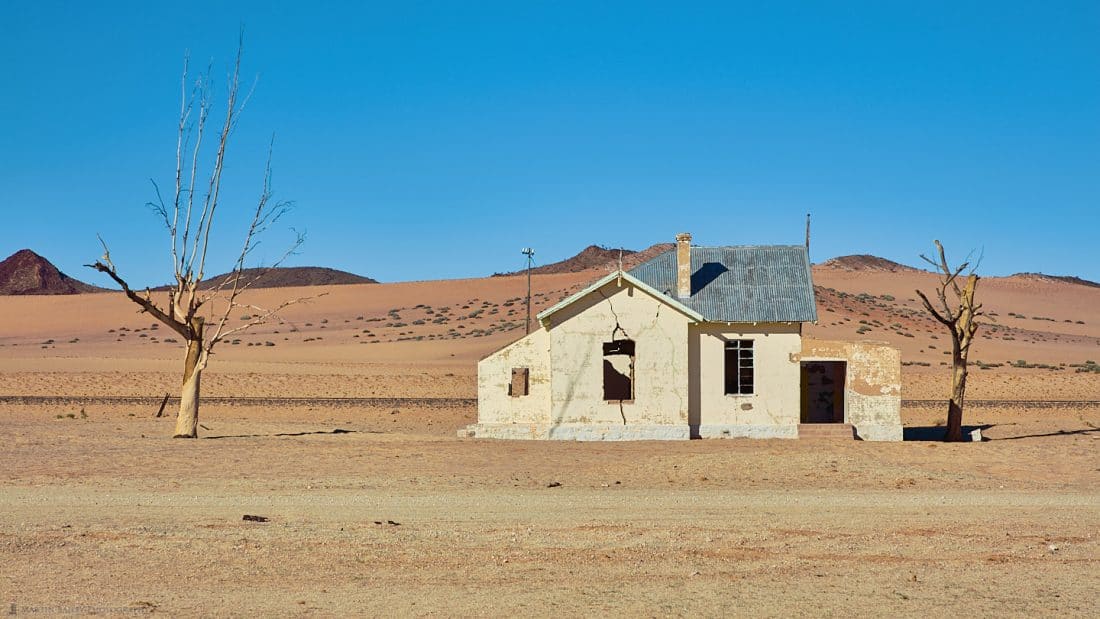
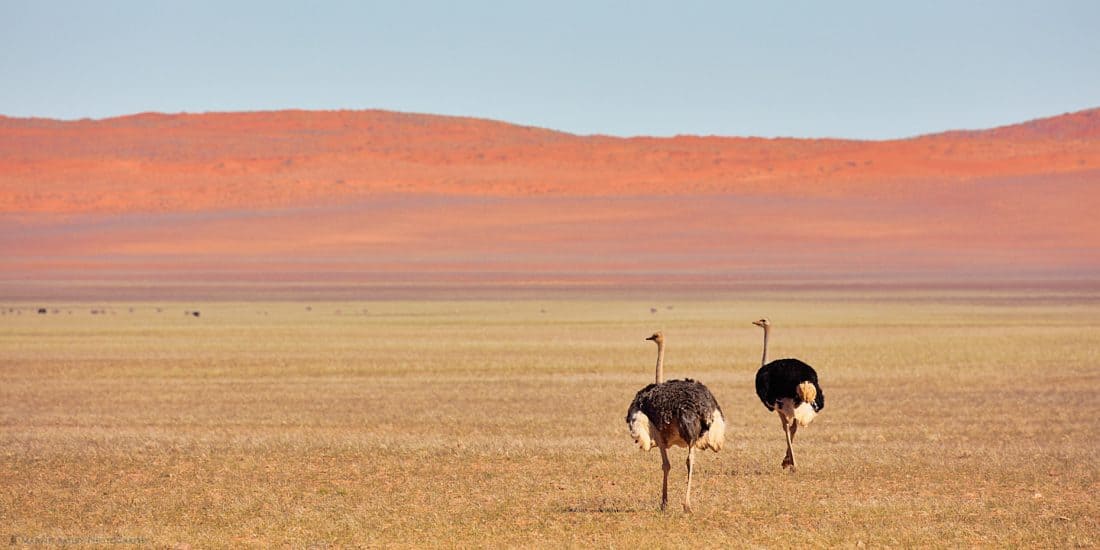
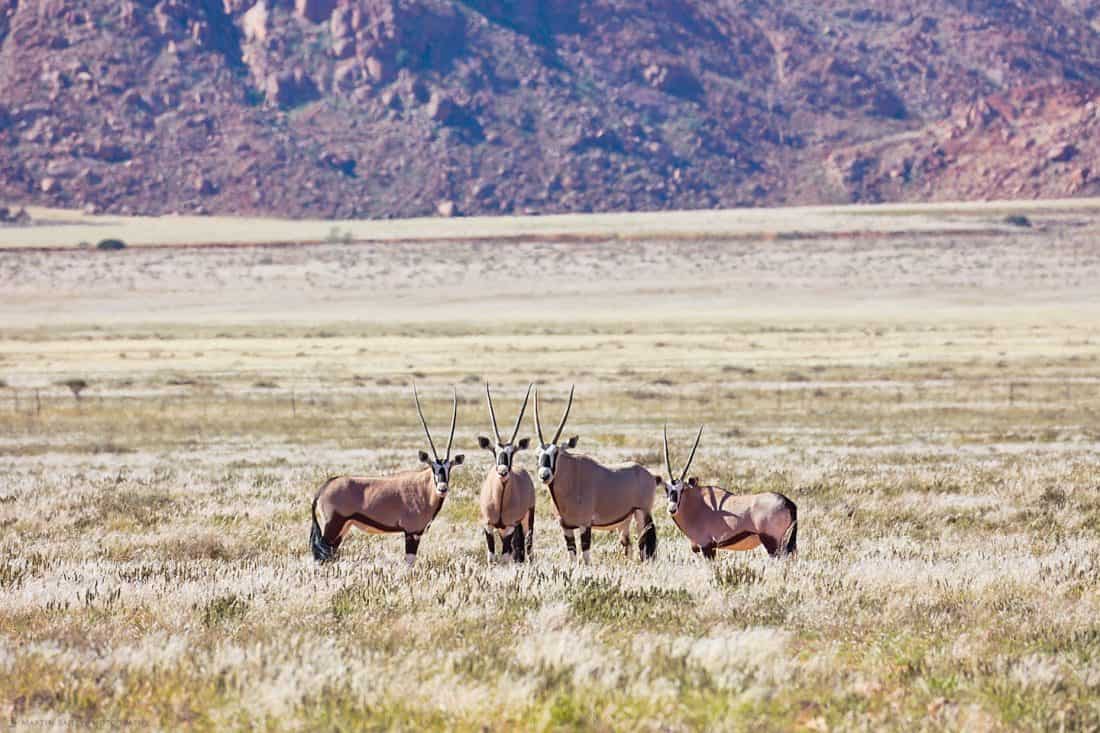

I so completely agree with you about not trying to recover the highlights in the windows. I love the ethereal glow. I often am not sure what to do about ‘blown’ windows in my own compositions: now I have a way of looking at them differently! Thanks – and for some lovely images.
Thanks so much for the vote of confidence Janet! That means a lot to me.
Thanks for taking the time to comment too. I always really appreciate it.
I hope all is well!